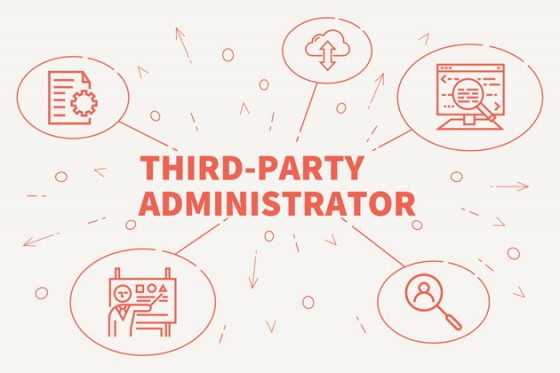 On a recent list of the fastest growing American cities, Nashville jumped from 20th to 7th in a year. There are more than 210 active construction projects in the downtown core alone. We are hardly alone. Denver, New York, Charlotte, Atlanta and more are experiencing similar growth. Cities are booming and growing, and the construction cycle is showing little sign of letting up soon.
On a recent list of the fastest growing American cities, Nashville jumped from 20th to 7th in a year. There are more than 210 active construction projects in the downtown core alone. We are hardly alone. Denver, New York, Charlotte, Atlanta and more are experiencing similar growth. Cities are booming and growing, and the construction cycle is showing little sign of letting up soon.
This growth presents great opportunity for companies in the construction industry.
While it is exciting to see many succeed and take part in skyline-changing projects, it cannot be overlooked that with growing opportunity comes growing challenges. Risk management and comprehensive protections are becoming a central component of doing business, as more activity, more competition and tougher deadlines mean that no matter how good a company is with its service, risk is increased.
A catastrophic accident or incident that isn’t properly prepared for can wipe out boom time profits for any one company. As an entity in construction and development, it is vital to be completely protected from a risk transfer standpoint.
To do that there are three things anyone in a boom time must recognize:
- Risk is contractually driven in the construction industry. There is no blanket standard on your risk or obligations when it comes to construction, and each contract spells out different demands.
- You are forced to put a lot of trust into subcontractors. No job can be completed without competent, capable subcontractor work. So, whether you are the general contractor or another subcontractor, you have to trust other entities to do their job to be certain you can do your best job.
- The best subcontractor teams are harder to come by. As I mentioned previously, there are 210 projects ongoing in Nashville’s urban core alone. That means subcontractors are in high demand and the team you want or typically use may not be available. That results in having to sometimes trust someone you’ve never worked with before.
buy augmentin online youngchiropractic.com.au/wp-content/uploads/2023/10/jpg/augmentin.html no prescription pharmacy
In short, risk is shifting from project to project.
Much of the work of any project is out of the control of one company or team and the teams you work with are constantly shifting due to high demand.
That presents challenges. What’s the best singular way to address these challenges?
Don’t just leave your contract to your lawyers! Cover all the bases by allowing all involved in risk management and insurance to be engaged from the outset—starting with contract review and finalization. This is applicable to both general contract agreements as well as subcontract agreements.
Your lawyers are important when creating a legal document, but you also need to consider your insurance risk management partners as part of the contract origination team. They should have an opportunity to review your contract to make sure it is reasonable from a risk management perspective. This step opens the door for the contract to be shared with the underwriters early to get them familiar and comfortable with the parameters of the project and its risk. As a result, from day one there is an understanding of everything expected of the client, from how the contract agreement reads to transfer of risk.
For the subcontractors you use, diligence needs to happen when it comes to review of those Certificates of Insurance provided. Types of coverages, respective limits and additional protective wording should be stipulated on that Certificate of Insurance form and received as part of contract compliance and before subsequent works begins.
The good news for those in the construction industry is there is a high availability of insurance within the construction market. Insurers continue to strongly solicit construction business and are willing to provide the coverages needed—and at very competitive pricing.
Ultimately, while the right policies and the best packages are important, most of the work to ensure your protection is needed on the front end during the contract phase. Take the time to involve your risk management partners early in the contracting period and save yourself panic later.
This will not only ensure that you have the right protection in a time of increased activity and opportunity, but also mitigate the chance for gaps in coverages and ensure your insurance partner is ready to mobilize and advocate for you quickly and effectively in case there is claim.

 isn’t right, the risk manager may be left with poor claim outcomes, higher claims and insurance costs, and difficulty identifying issues and making corrections.
isn’t right, the risk manager may be left with poor claim outcomes, higher claims and insurance costs, and difficulty identifying issues and making corrections.